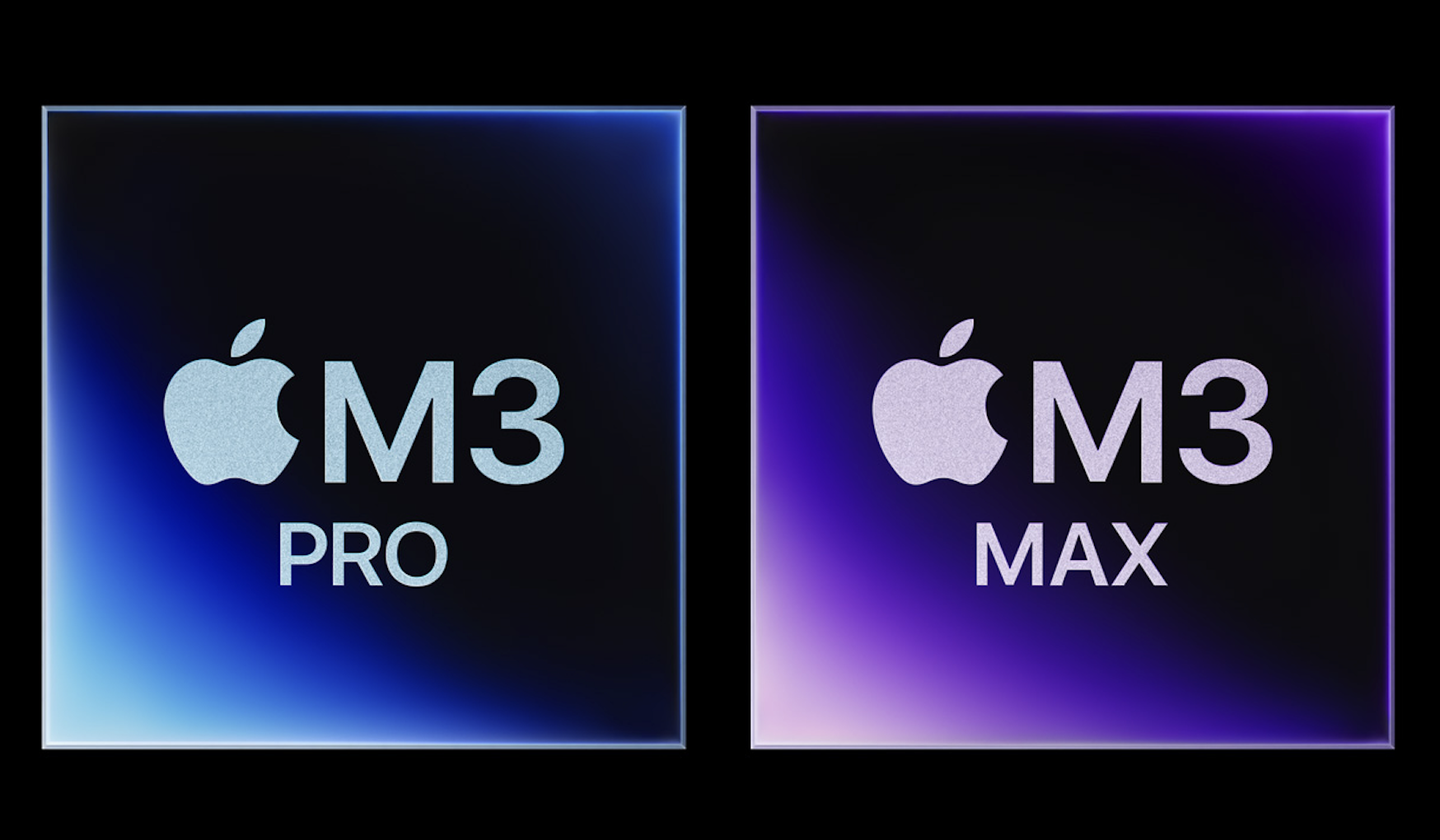
We already saw in our analysis of the base M3 SoC that Apple was able to increase its clock rates thanks to a new 3 nm production — without increasing the power consumption. This, of course, applies to the new variants of the M3 Pro and M3 Max, too. As the actual cores are also identical, there are no significant differences in single-core performance between the M3 variants, as was the case with the previous models. Apple was able to increase this by a massive 20 % compared to the M2 generation. As a result, Apple has overtaken AMD’s Zen4 in one fell swoop and the gap to Intel’s performance cores has been closed. Only the HX models such as the Core i9-13980HX still have an advantage thanks to their very high turbo clock, but this comes at the expense of power consumption, which is also reflected in their efficiency.
Apple has massively upgraded its new M3 Max, because in addition to its more powerful GPU, it now also features a significantly faster CPU — while the new M3 Pro places a greater focus on efficiency.
When it comes to multi-core performance, there are major differences in the M3 Pro/M3 Max, as Apple has changed their core configuration compared to the M2 generation. In addition, the CPU performance of the old M2 Pro/Max CPUs was identical, which is no longer the case. The new M3 Max has received twice the number of fast performance cores but in turn, it has sacrificed two efficiency cores. In addition to the more powerful GPUs, the M3 Max SoCs now also offer significantly more CPU performance compared to the M3 Pro. In comparison with AMD and Intel, the M3 Max is only beaten by the HX CPUs, which require significantly more power. This makes the MacBook Pro 14 with the M3 Max the fastest 14-inch laptop on the market when it comes to CPU performance, as the HX CPUs are only available from 16 inches upwards. Apple was also able to further increase its GPU performance, but its overall performance is still well behind the fast dedicated graphics cards.
With the M3 Max CPU, Apple has finally managed to close the gap to the fast AMD and Intel processors; only the Core HX models with a power consumption of significantly more than 100 watts offer even more multi-core performance.
When it comes to efficiency, Apple still has an advantage — especially over Intel — and we are curious to see whether the new Meteor Lake processors can change this. However, AMD can come much closer with its Zen4 processors. The Ryzen 7 7840U in particular is very efficient and can come quite close to Apple in the 30/25 watt range. The Apple GPUs now also offer more performance and cope very well with native games (such as Baldur’s Gate 3 or No Man’s Sky) and their efficiency is still very good — but nevertheless, dedicated graphics cards offer more overall performance and are still the better choice if you want to play a lot of games. However, Apple GPUs still have an advantage when it comes to video editing in particular, as they can access the shared RAM.
All in all, the new M3 generation is a clear step forward for Apple, as both performance and efficiency have been increased thanks to their new 3 nm production process. However, AMD is not far behind and the situation could change with its upcoming Zen5 chips. Intel lags behind, especially in terms of efficiency (and of course the integrated GPU), but this is exactly where the upcoming Meteor Lake generation should come in. The new Qualcomm Snapdragon X Elite seems to be able to keep up well, especially when it comes to CPU performance, but there is no concrete information on its availability yet.
Source link
 notebook.co.id informasi dan review notebook laptop tablet dan pc
notebook.co.id informasi dan review notebook laptop tablet dan pc